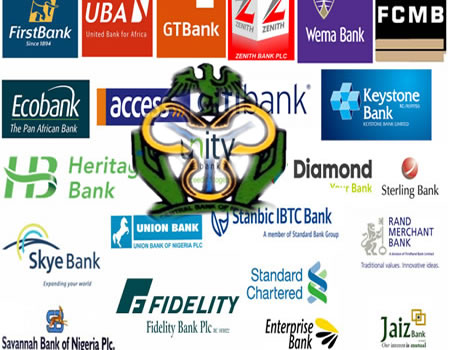
When your statement arrives, look near the top of it for the starting and ending dates – the period the statement covers. Get your chequebook register and be prepared to match up every debit and credit on the statement with your register.
It is crucial that you review it in a timely fashion because if there are any discrepancies, you need to report them to the bank. For questions about Automated Tell Machine, debit cards, point-of-sale debit transactions and other electronic banking transactions that involve cash being withdrawn from your account, you have some days from the date of the periodic statement to report them to the bank; otherwise the bank has no obligation to conduct an investigation.
Discrepancies with paper cheques don’t have those time restraints, but you should get them resolved speedily too.
Another important reason to reconcile your chequebook with the statement is to look for debits you didn’t make that may indicate an identity thief has got access to your account.
Summary is important
Most statements show a summary near the top of the first page. It condenses the status of your account: the beginning and ending balances for the statement period, total deposits, total withdrawals, service fees, and so on.
The summary gives you a good idea of whether venturing further into your account is going to be a walk in the park or a walk on the wild side. For example, if you think you have N800 in your account and the summary shows N250, you may have a problem.
Maybe a deposit has not been credited yet, or maybe the bank made an error. More often it goes the other way – the balance is higher than what is in your chequebook register because you have written cheques beyond the period covered in the statement. The summary will at least warn you to pay close attention as you review the statement.
Transaction description
A prominent section of the statement is the transaction description. It details account activity – deposits, withdrawals and fees.
Do you know what type of account you have? Make sure the bank does, too. Each statement should prominently display the type of account you have – such as free checking or an interest-bearing account.
An interest-bearing current account earns interest, but may require maintaining a hefty minimum balance. A free account generally does not pay interest, but it also does not require a minimum balance. If you initially signed up for an interest-bearing account but now realise the interest earned is not worth maintaining that balance, tell the bank you want to switch.
Fees charged
Make note of all fees listed on your bank statement. They may be listed separately, or included in the chronology of your account’s monthly activity.
Common ones are an account maintenance charge, which is a fee you pay for simply having the account, or a nonsufficient funds fee, which slams you if you don’t have enough money to cover a cheque. If there is a miscellaneous charge for N10, check the statement for details. If you can’t find an explanation, call your branch.
By tracking fees, you will discover whether your bank is ‘nickel and diming’ you with charges. If that is the case, find a more cost-effective current account.
ayodele olubuseBank Chargesbank rates in NigeriaNigerian Banks
-
![]() LASSA FEVER: Kogi patient dies, diarrhoea kills three in Kebbi
LASSA FEVER: Kogi patient dies, diarrhoea kills three in Kebbi -
![]() ARIK TROUBLES: No Taking Over of Arik Air Yet – AMCON Says
ARIK TROUBLES: No Taking Over of Arik Air Yet – AMCON Says











0